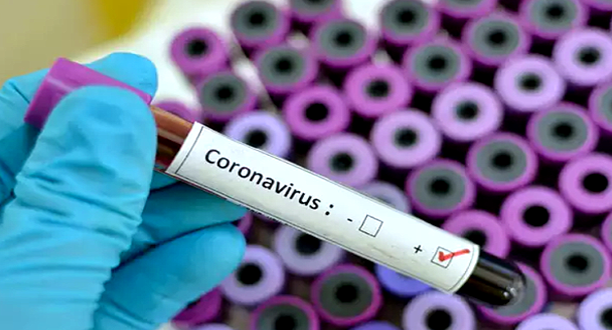New York: US researchers have developed a new portable Coronavirus test that can get accurate results from a saliva sample in less than 30 minutes.
Many of the components of the hand-held device used in this technology, called Scalable and Portable Testing (SPOT) , can be 3D-printed. The test can detect as little as one viral particle per 1-microlitre drop of fluid, researchers report in the journal Nature Communications.
“We developed a rapid, highly sensitive and accurate assay, and a portable, battery-powered device for Covid-19 testing that can be used anywhere at any time,” said lead researcher Huimin Zhao, chemical and biomolecular engineering professor at the University of Illinois Urbana-Champaign, in the US.
Though it is still in the prototype stage, the device is estimated to cost less than $78 and the reagents and other materials needed for testing would amount to $6-$7 per test, the researchers said.
The new technology does away with the complicated process of heating and cooling each sample to get results, as many current testing protocols require. SPOT also can detect multiple genes per sample, making it more accurate than single-gene tests, which can yield incorrect or inconclusive results. Another advantage is that it utilises saliva, which is easier to collect and less invasive than a nasal swab.
The innovation was made possible by the recent discovery in Zhao’s laboratory of a system for making artificial restriction enzymes that can be programmed to recognise and cleave specific genes in an organism’s genome.
In the new device, enzymes carry DNA guides that tag the viral genes of interest. The enzyme cleaves the genes, which have been tagged with a dye that fluoresces only after the genes are cut. The resulting fluorescence signals that those genes are present — a positive test result.
The team tested SPOT using 104 clinical saliva samples and found that it accurately identified 28 out of 30 SARS-CoV-2-positive samples and 73 of 74 SARS-CoV-2-negative samples.
The team also tested SPOT with samples containing — or lacking — the influenza virus, the new coronavirus and three other human coronaviruses. It accurately identified samples containing the new coronavirus, whether or not other viruses were present in the sample.






































